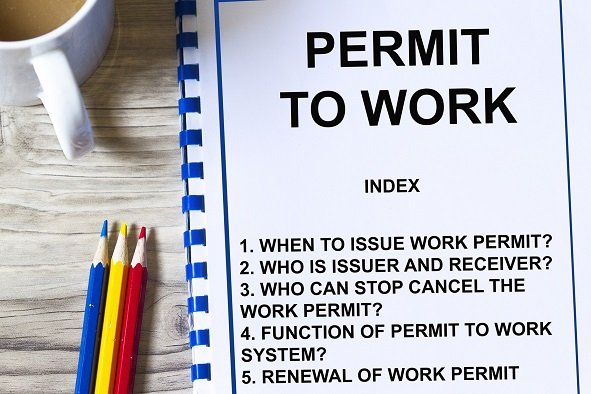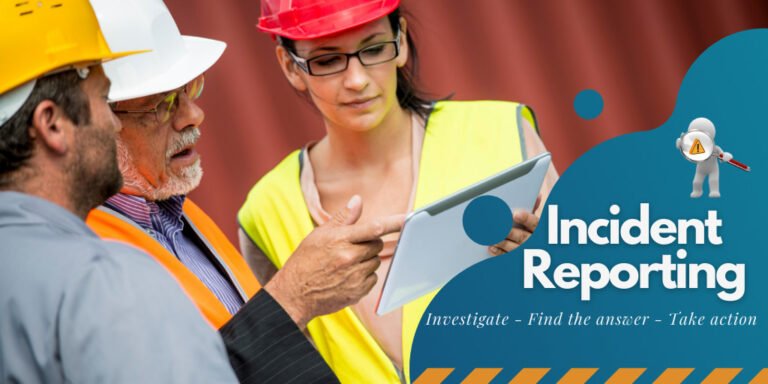Disaster Preparedness and Management – 12 Modules | One Day USD: 150/- and Two Day USD: 250/- Per Pax.
Description
Module 1: Introduction to Disaster Preparedness
- Importance of disaster preparedness and management
- Types of disasters: natural, technological, and human-made
- Regulatory requirements and standards
Module 2: Roles and Responsibilities
- Duties of management, emergency coordinators, and staff
- Coordination with local authorities and emergency services
- Reporting hazards and unsafe practices
Module 3: Hazard Identification and Risk Assessment
- Identifying potential hazards and vulnerable areas
- Assessing likelihood and impact of disasters
- Prioritizing mitigation measures
Module 4: Disaster Planning
- Developing site-specific disaster management plans
- Evacuation routes, assembly points, and emergency shelters
- Continuity of operations planning
Module 5: Early Warning Systems
- Types of alarms and notification systems
- Monitoring environmental and technological hazards
- Communication strategies for alerts
Module 6: Emergency Response Procedures
- Activation of emergency response teams
- Coordination with first responders and medical services
- Incident command structure and responsibilities
Module 7: Personal Protective Equipment (PPE)
- PPE for various disaster scenarios (fire, chemical, debris)
- Proper selection, usage, and maintenance
- Ensuring accessibility during emergencies
Module 8: Evacuation and Shelter Management
- Safe evacuation techniques and crowd control
- Managing assembly points and temporary shelters
- Special considerations for vulnerable populations
Module 9: Resource Management and Logistics
- Availability and deployment of emergency supplies
- Food, water, medical, and equipment management
- Transportation and communication logistics
Module 10: Recovery and Continuity
- Post-disaster assessment and damage evaluation
- Restoring critical operations and infrastructure
- Psychological support and community recovery
Module 11: Drills and Practical Exercises
- Simulated disaster scenarios
- Hands-on practice for evacuation, rescue, and emergency coordination
- Evaluating performance and identifying improvement areas
Module 12: Continuous Improvement and Safety Culture
- Reviewing incidents, drills, and lessons learned
- Updating disaster management plans and procedures
- Promoting a proactive safety and disaster preparedness culture
View more Courses
Hi, Welcome back!




